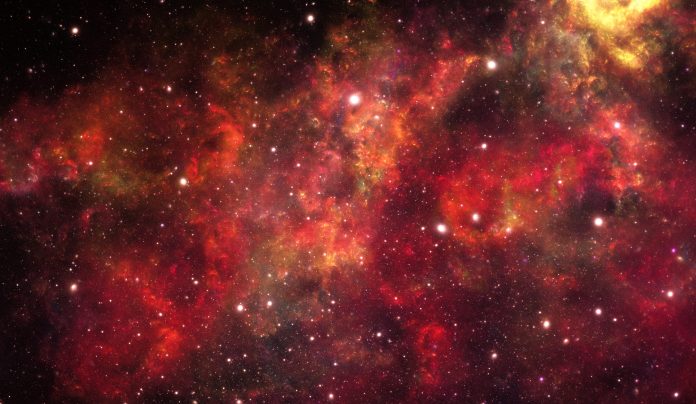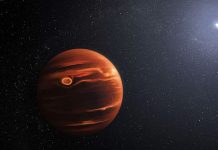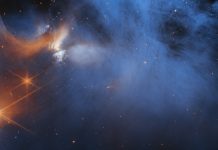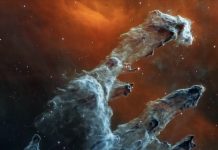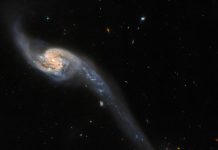New information provided by the James Webb Space Telescope indicates six galaxies that shouldn’t exist – revealing these earliest and largest galaxies on NASA’s radar might be even bigger and more mature
The JWST continues to confound scientists by revealing space phenomena in new detail and never before seen images of our galaxy. This week the telescope has released new information that casts doubt on previous scientific discussions surrounding the origin of our galaxy and others nearby.
Following this new release from the JWST, researchers are claiming this new group of galaxies should not exist at all in their current state, implying that the earliest and most massive galaxies ever found by NASA’s telescope appear to be much bigger than could have been expected.
Are scientists missing crucial information about our universe?
According to researchers, these new findings build on previous scientific research that reported despite coming from the very beginnings of the universe, these galaxies were as mature as our own Milky Way.
Here is where NASA researchers have found themselves in an interesting yet also frightening position. The new information provided by the JWST does not prove that their previous research is wrong – the opposite. The telescope’s discovery cements their previous calculations whilst also showing that these galaxies are far bigger than scientists ever thought possible. So if their calculations are correct, but the galaxy size is bigger than ever, scientists may be missing fundamental information about the universe.
“If the masses are right, then we are in uncharted territory”
“If the masses are right, then we are in uncharted territory,” said Mike Boylan-Kolchin, from the University.of Texas at Austin, and the author of a new paper examining the unsual galaxies. “We’ll require something very new about galaxy formation or a modification to cosmology. One of the most extreme possibilities is that the universe was expanding faster shortly after the Big Bang than we predict, which might require new forces and particles.”
JWST: Finding galaxies that shouldn’t exist and so much more
Only time and further intense research will reveal more, but yet again, we are seeing NASA’s flagship telescope change the ways we view the universe around us both personally and scientifically.
Editor's Recommended Articles
-
Must Read >> The Pillars of Creation: a James Webb update


